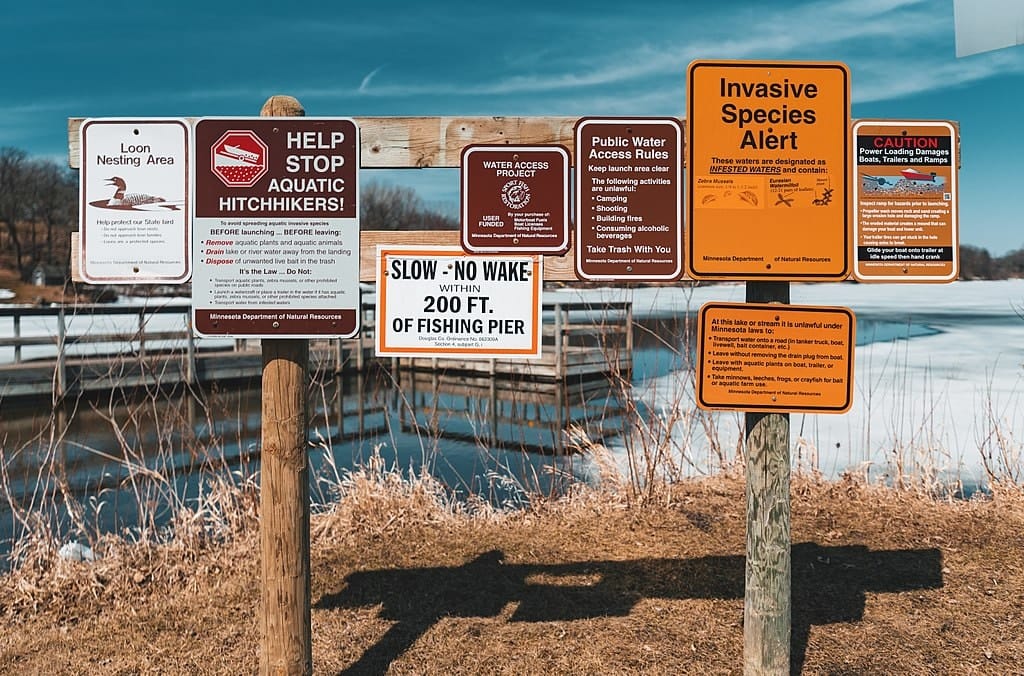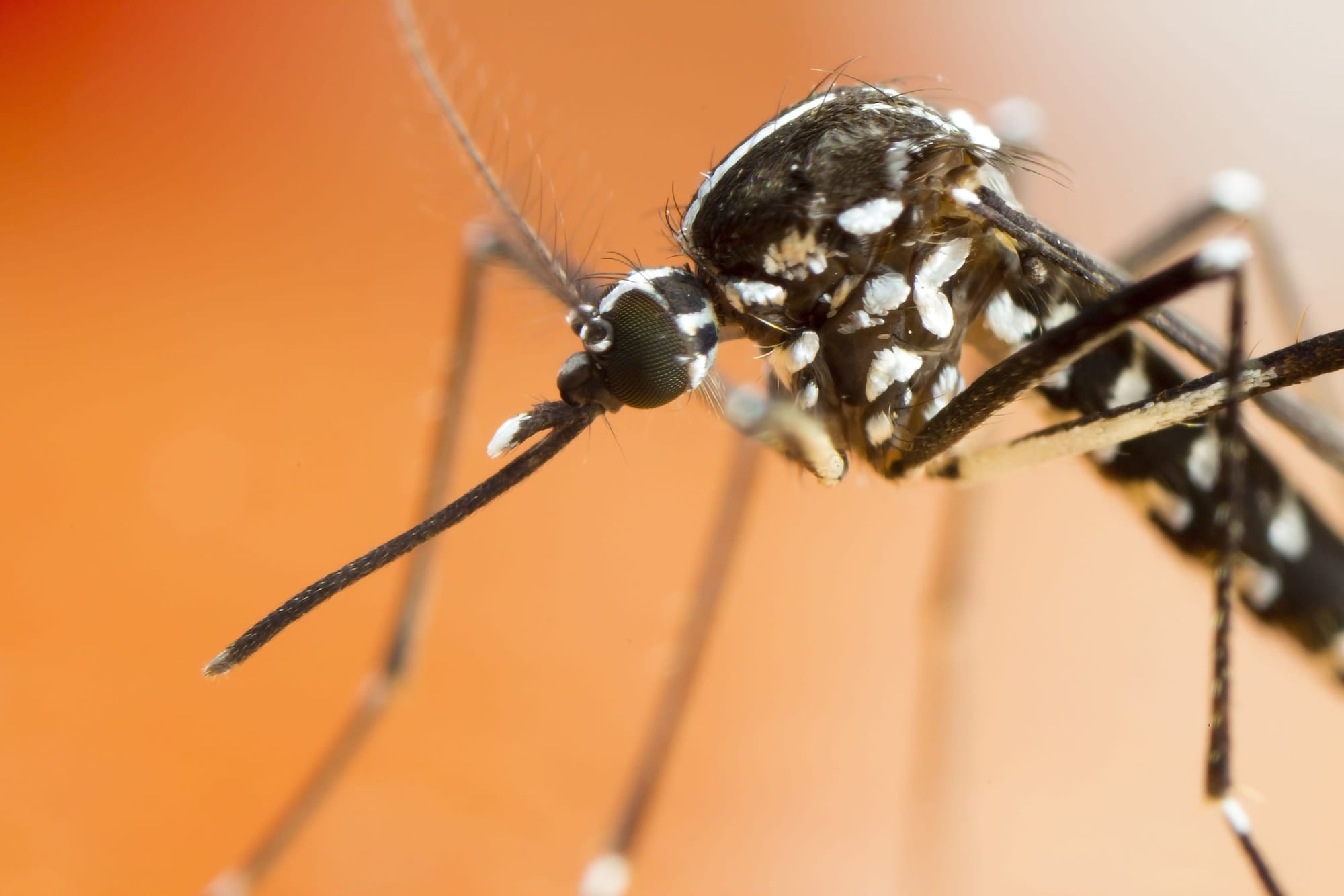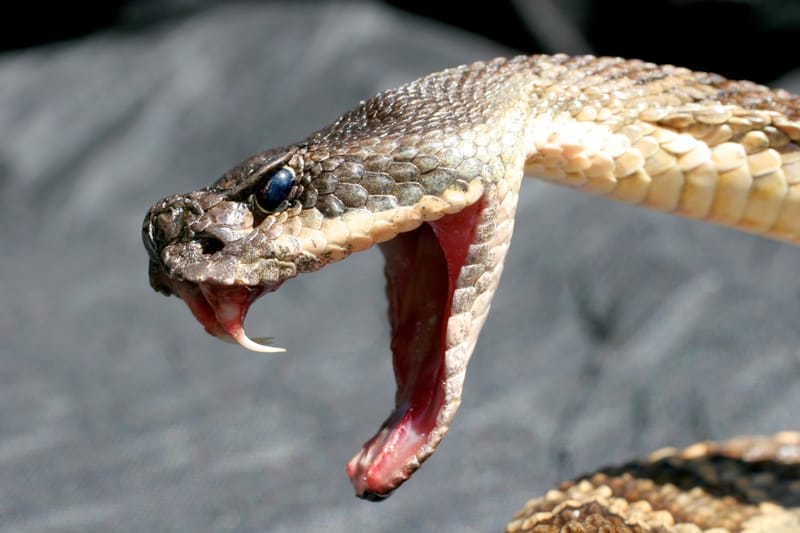
Four decades ago, a small black and yellow wasp skipped across the equator from its native Europe and into Tasmania. Or did it?
The European wasp actually first arrived in New Zealand as early as the 1920s, and may have invaded Australia from there.
It probably travelled along with transport containers and packaging material. This invasive wasp – which stings people, damages crops, affects tourism and can destroy local wildlife – was first reported in Melbourne in the 1970s. Today it's found across much of Australia.

Over the world there are now several thousand invasive species like this – plants, mammals, birds, frogs, snakes, fungi, insects and other groups – spread by humans, that damage the natural environment. Many of these also cause harm to people and agriculture.
In Australia alone, there are more than 3800 species known to harm the environment.
Well-known poster problems in Australia include feral cats and foxes that have been responsible for the extinction of many of Australia’s unique mammals, the crown-of-thorns starfish that's smothering parts of the Great Barrier Reef already heavily impacted by climate change and coral bleaching, and the yellow crazy ant, best known for the catastrophic impacts it has had on the wildlife of Christmas Island.
Insects and plant pathogens are a particular concern, because once introduced and established they're extremely costly, difficult or often impossible to eradicate.
Ant armies on the march
Ants, in particular, are the most successful group of insect invaders. The reasons ants are such successful invaders is in part because, like some bees and wasps, they're social. Like other social insects, only one ant queen is needed to establish and trigger an invasion. However, ants are also particularly successful because they invade by virtually all known pathways, including with people and their luggage, as hitchhikers on boats, with organic packing materials, with plants and produce, and with the transport of soil, timber and shipping containers.
The only hope of reducing this tidal wave of invasions is to know as much about them as possible. In particular, the pathways along which they're moving and how are they're impacting the things we value.
The key challenge
Countries need to know not only about species that have already invaded, but also those that have not yet invaded, and those that are already on our doorstep.
This is often impossible to predict, which is why it's also important to focus on species' pathways of invasion, so that they can be stopped.
Around the world, the most important pathways of invasion are via the nursery and pet trades, and across the ocean along with ship ballast water.
All of this demands effective and sustained knowledge management to support prevention and control decisions. One crucial piece of information is what invaders neighbouring countries have, because that species may well next invade you.
Read: Professor Melodie McGeoch's blog.
As recently as a decade ago, only half of the countries in the world had any form of comprehensive knowledge of which invasive species were present in their countries, let alone those in neighbouring countries waiting to invade.
Often, the information that was available was difficult to access.
But now, a collaboration between Monash University’s Professor Melodie McGeoch, The International Union for Conservation of Nature’s (IUCN) invasive species specialist group and the Global Biodiversity Information Facility has changed that.
They've established the Global Register of Introduced and Invasive Species (GRIIS), which makes information on invasive species available for close to all countries.
GRIIS, launched in 2018, is an open-access, verified set of checklists of the harmful invasive species present in each country. It's the first comprehensive, open-access data platform that provides information on invasive species using a verified, repeatable and transparent process that enables regular updates.
It's supported by a large team of country editors who verify and author their own checklists from the central GRIIS repository.
"GRIIS has opened the pipeline of information flow for invasive species, providing access to current, verified data at the push of a button for managers, policymakers, governments and researchers," says Professor McGeoch.
The information in GRIIS is available via the Clearing House Mechanism (CHM) of the Convention on Biological Diversity.
"For example, the Solomon Islands has around 200 introduced and invasive species, including seven invasive ants – all of which are already present in Australia," Professor McGeoch says.

"However, Australia also has the red imported fire ant that has not yet invaded the Solomon Islands – and hopefully won’t.
"The Asian tiger mosquito, on the other hand, is present in the Solomons, and is a high-priority concern to Australia, and most likely to be introduced with cargo that carries water, such as with tyres or yachts."
Piecemeal approaches to invasion information management – such as for particular groups of species (such as only plants) or particular countries or industries (such as plant-based agriculture or human health) – is inefficient and also less effective than an approach that integrates information across species groups, local areas, states and countries, and the varied data types needed to manage invasions, says Professor McGeoch.
"This is because many species introduced by one industry can impact another, and some species have environmental impacts, as well as effects on human health or agriculture."
Another tool in the arsenal now available for problem species management is the use of essential biodiversity variables (EBVs) to streamline data integration, analysis, estimation and reporting.
"EBVs for species populations focus global attention on the collection of a small, standardised set of information that makes comparisons across regions and countries straightforward," she says.
"They also provide modelled estimates – along the lines of a weather forecast – that tell us how likely a species is to be present or absent in any area.
"A new age of problem species management is on the horizon that will be supported by sophisticated data management and reporting systems that deliver evidence to decision-makers when and where it's needed – along with information on knowledge gaps and uncertainty, so that action can be taken with confidence," Professor McGeoch says.





